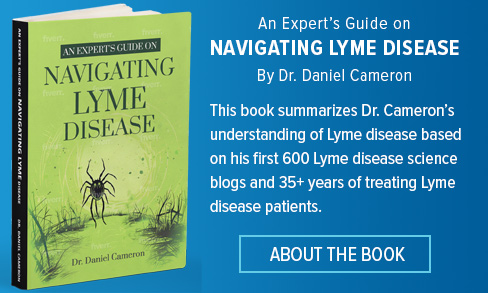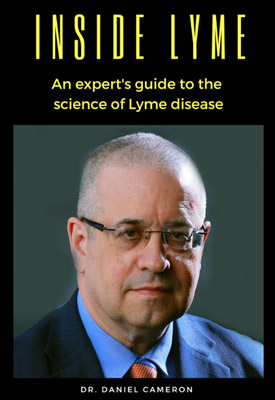Lyme Disease Science Conversations:
Good, bad, and ugly side of Post-Treatment-Lyme-Disease-Syndrome (PTLDS)
Live conversations with a leading expert, Dr. Daniel Cameron, about the latest discoveries and advancements in Lyme disease and associated illnesses.
We will discuss PTLDS on March 13, 2018 at 8PM EST. The individuals with PTLDS remained severely symptomatic for years despite after treatment for Lyme disease. I will start the discussion with a 23 year-old-woman with severe chronic pain due to PTLDS. Her functional limitations and pain were severe. She had been bedbound for approximately 5 years and required a wheelchair.
Comments are no longer live. This is an archive of a Lyme Hangout held on 3/13/2018. You can still view the video below.




